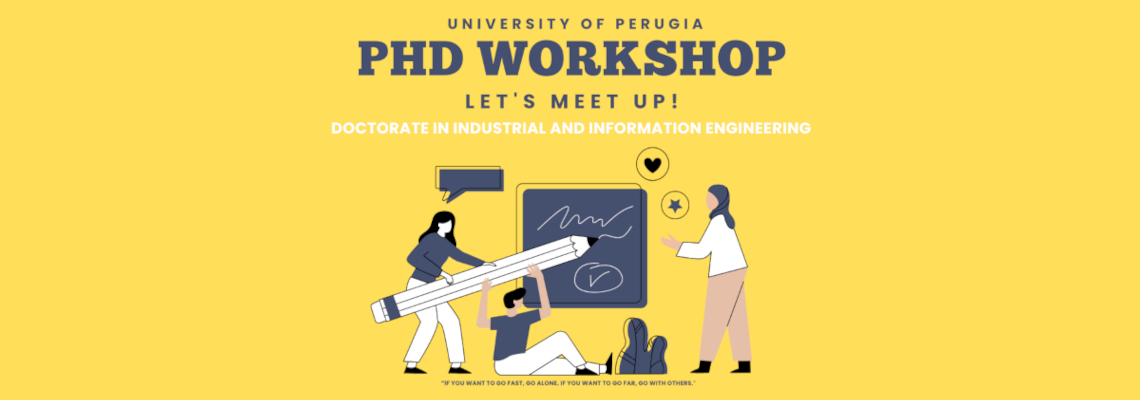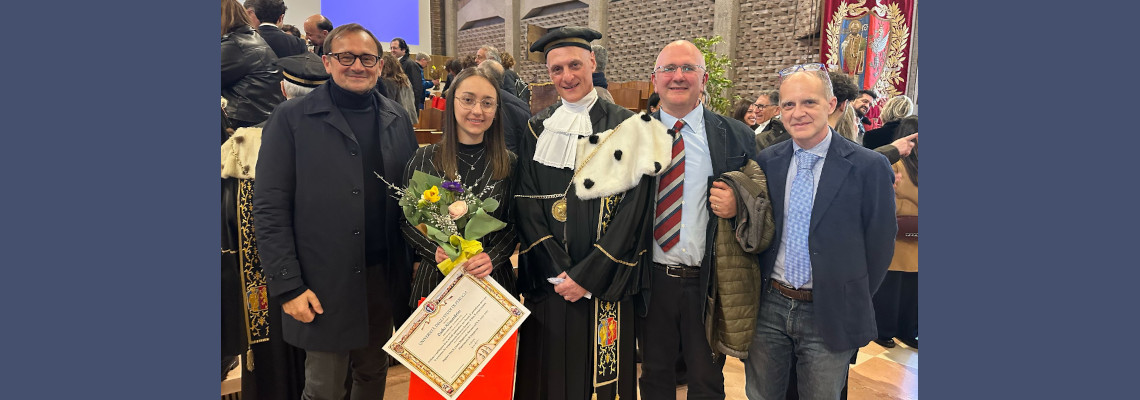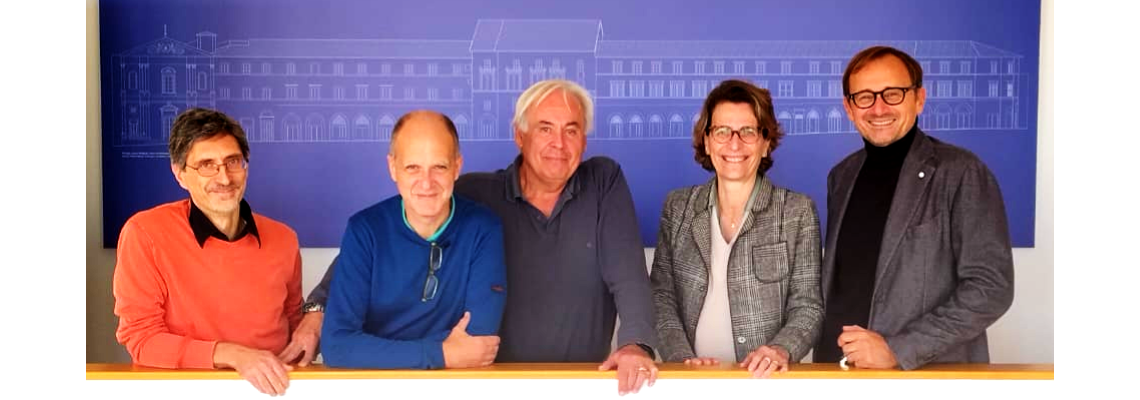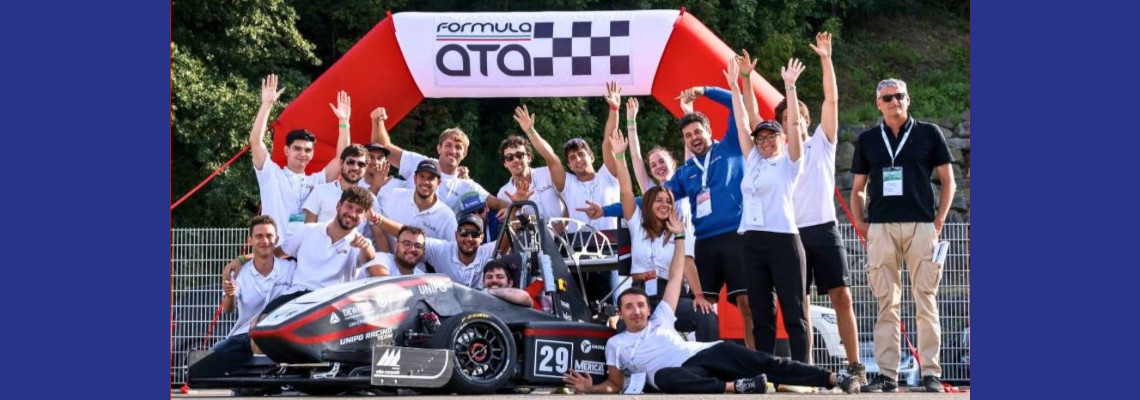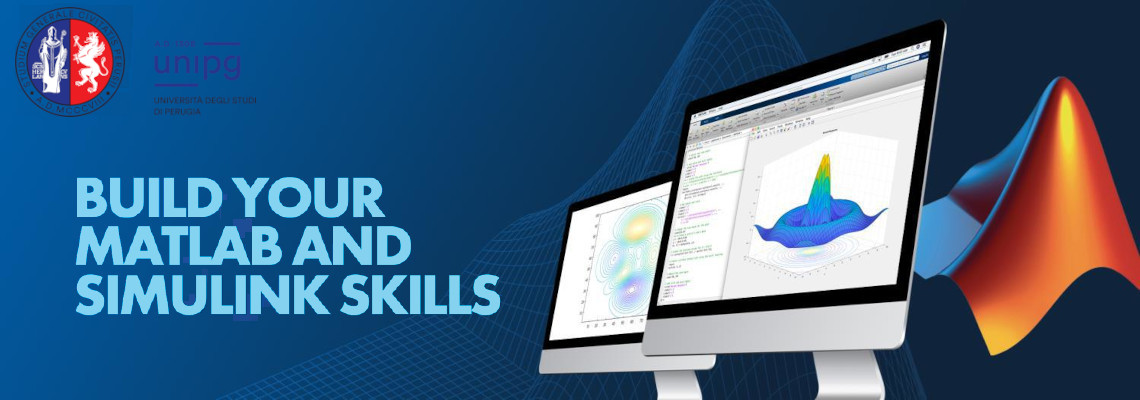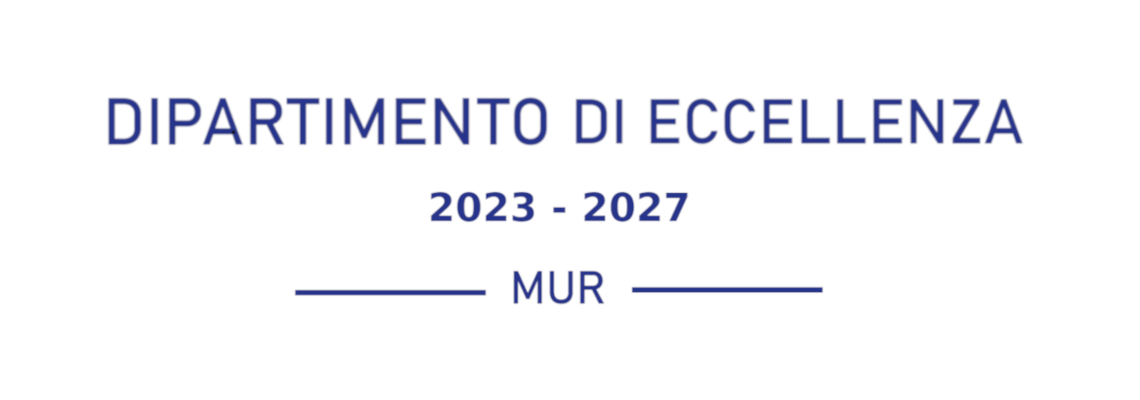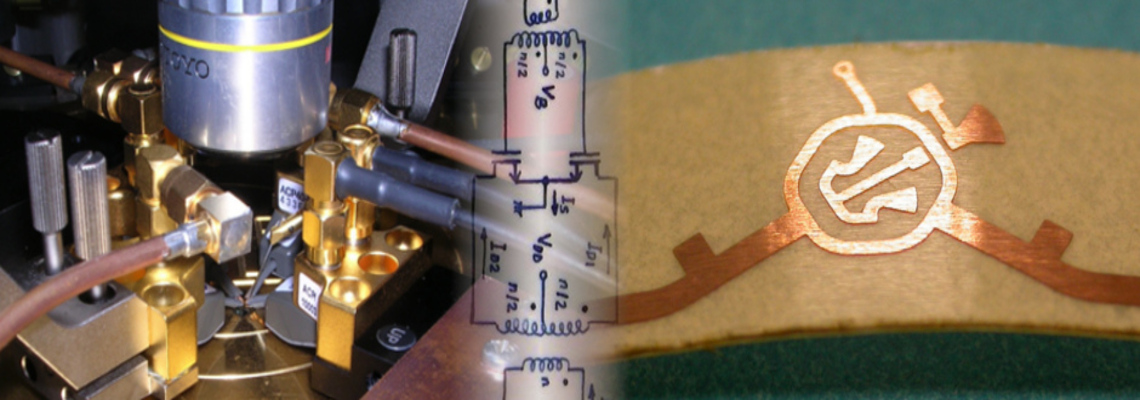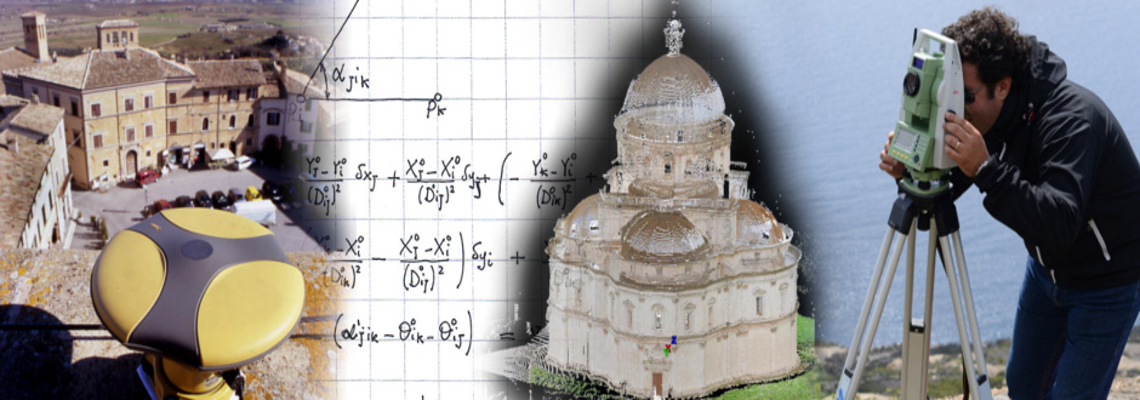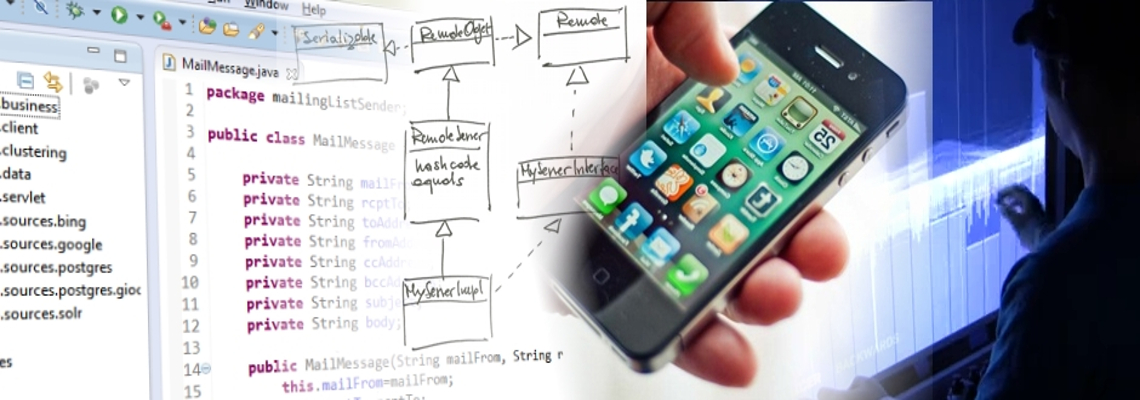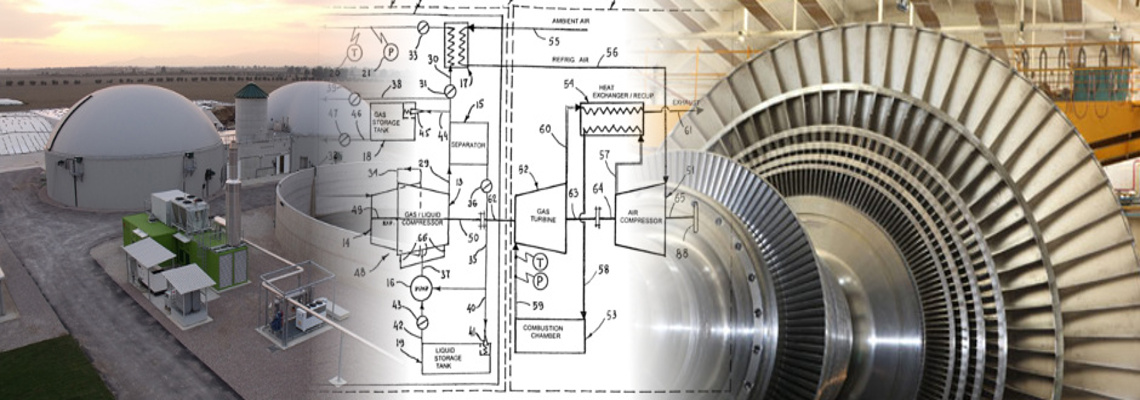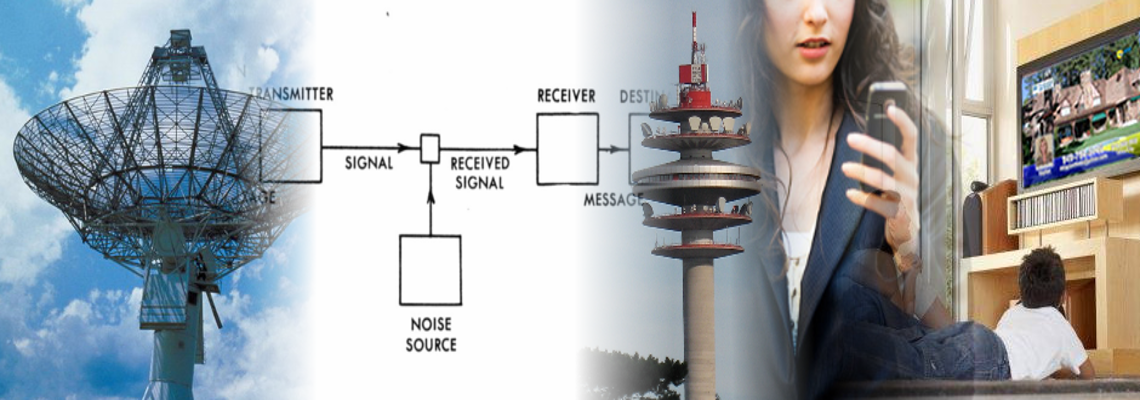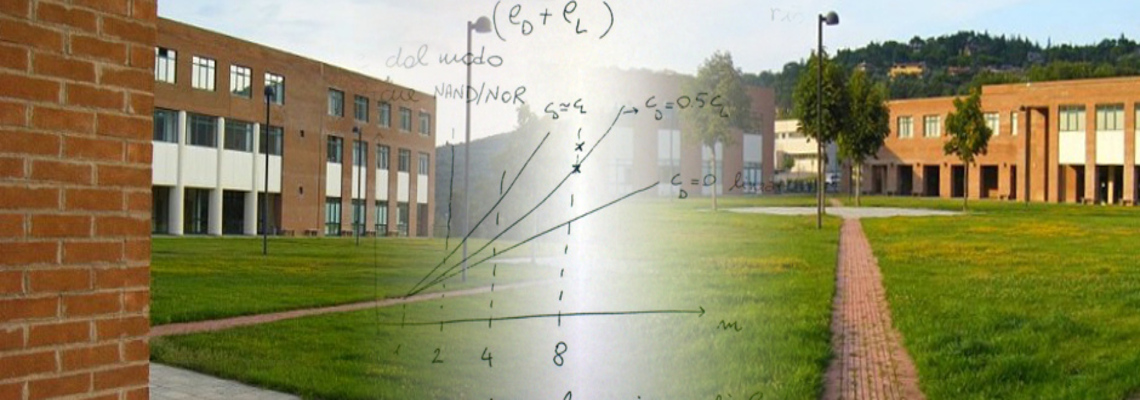|
The Telecommunications group (TLC) operates with theoretical and applied research in many fields of modern telecommunication technologies, and hosts two research laboratories: the Digital Signal Processing Laboratory (DSPLab) and the Networks and Services Laboratory (NSLab). The TLC group research is focused on three main areas:
Signal processing for communications: this area covers physical layer issues for (wireless) communications, such as channel estimation, equalization, detection, synchronization, nonlinear distortions and associated performance analysis. The group has a wide expertise on multicarrier communications (such as OFDM and its generalizations) and on CDMA systems, with applications to modern digital communication and broadcasting systems, such as Wi-Fi, Wi-Max, UMTS, LTE, DVB-T(2), etc., as well as to underwater communications. In this framework, research topics include fast time-varying fading channels estimation and equalization, MIMO systems, spectrum-sensing for cognitive radios, carrier frequency-offset analysis, space-time coding, nonlinear distortions analysis and compensation, impulsive noise counteraction, multiuser-detection, scheduling policies with adaptive modulation and coding. More recently we have been interested also to signal processing for biomedical applications, and particularly to electrocardiography and medical ultrasounds.
Networking and positioning: this area covers research aspects such as IP networking (architectures, QoS, pricing, resource discovery, network management and fault localization, mobility), wireless LANs, distributed computing, satellite networks, service deployment architectures for the Future Internet, overlay networks (Content Distribution Networks, including Digital Cinema distribution systems), LAN, and positioning and navigation systems. More recently, we have also extended our research interests to biological nano-network communication systems, and distributed processing architectures for genomic research.
Audio and video signal processing: this area covers research aspects such as source and channel coding of mono- and multidimensional signals (digital sound, images, and videos), high quality compression with JPEG 2000, JPEG XR, and H.264 for Digital Cinema, objective and subjective quality assessment, channel coding for reliable delivery of video, video compression for broadcasting systems, wavelet compression, DSP/FPGA implementation of UHD video compression systems. More recently, we have also extended our research interests to multi-view video coding (MVC) for stereoscopic (3D) video.
|
|
Members
|
Telecommunications - ING-INF/03
- Details
- Written by Francesca Tufi



